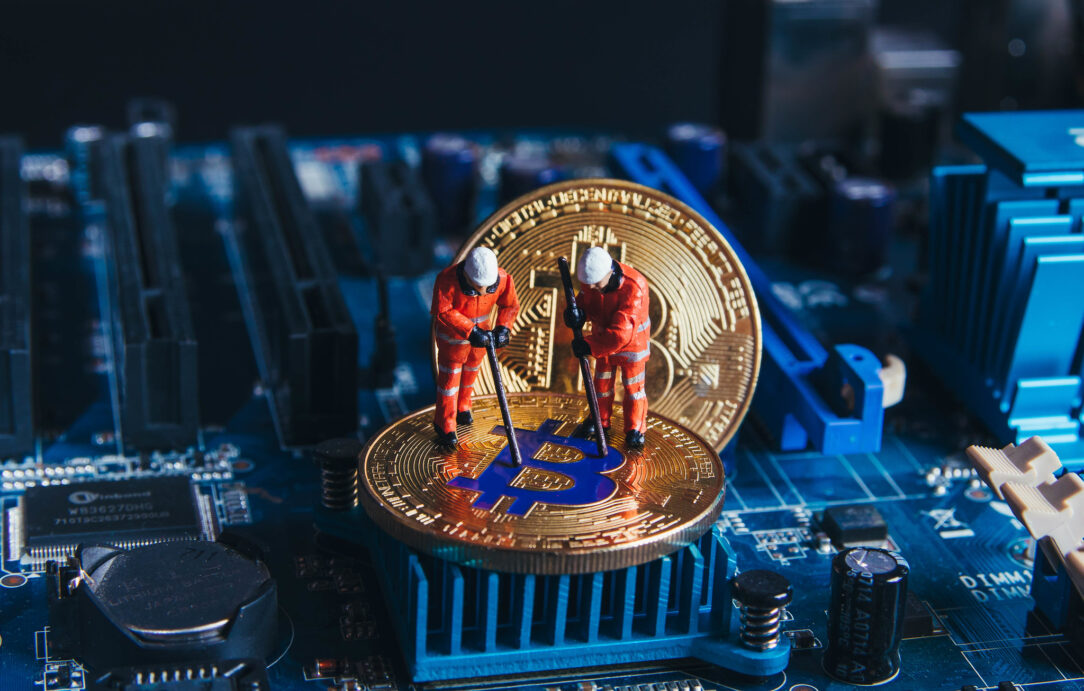Cryptocurrencies have been available to the general public for about a decade, but their widespread acceptance is a recent phenomenon. Many people have begun to invest in one of the numerous digital coins that are currently accessible. Mining, the act of making these coins, is restricted to geeks who use powerful computers to solve complex mathematical equations in order to create virtual currencies such as Bitcoin, the oldest and most famous of them all. The blockchain technology that underpins these coins, which is based on the principle of decentralization, is critical to their long-term viability and security.
Bitcoin was worth less than a dollar just over a decade ago. Bitcoin topped $65,000 in 2024, and investors are optimistic about the asset class in 2024.
But what factors influence Bitcoin’s price, and does it have any real value?
What causes the Bitcoin price to fluctuate?

Source: pexels.com
Despite the fact that Bitcoin has the biggest trading volume among cryptocurrencies, it is still a minor market in comparison to other global marketplaces. This means that prices move up or down more dramatically with less money involved. If Bitcoin had the same trading volume as gold, for example, its volatility would be very similar.
Demand would have to follow Bitcoin’s deflationary behavior to even theoretically keep prices stable because there are only a limited amount of bitcoins in circulation and the generation of new bitcoins follows rigorous restrictions with a consistently declining output (due to shrinking rewards for miners).
News events that are damaging or advantageous to Bitcoin’s reputation, concern about the cryptocurrency’s future inherent value as a store of value, currency risks for large holders of Bitcoin about liquidation, and security breaches may all have an impact on the Bitcoin price.
Go URL to learn more about crypto price deciding factors and also start trading cryptocurrency.
The Factors That Influence Bitcoin’s Price
Bitcoin Market Supply and Demand

Source: pexels.com
Bitcoin’s price is governed by supply and demand, just like the value of the US dollar. The price of bitcoin rises in lockstep with the demand for fiat currency. Bitcoin’s price drops when demand lowers.
In terms of supply, Bitcoin is a one-of-a-kind asset in that its new supply schedule is totally inelastic, meaning it is unaffected by demand variations. When demand for most things rises, including fiat currency and gold, producers respond by expanding production and bringing prices back into balance. Because of the difficulty adjustment, when demand for bitcoin rises, so does the production of new bitcoin.
Miners for Bitcoin

Bitcoin miners have a one-of-a-kind impact on the cryptocurrency’s market supply. Miners are paid in transaction fees and block rewards for securing Bitcoin’s network using computational power.
The block reward is the amount of Bitcoin given to a user for successfully finishing a block on the blockchain, which is presently 6.25 Bitcoin every block. These are newly generated bitcoins, and the reward is divided in half every four years during the Bitcoin halving. In 2024, the block reward for Bitcoin will be halved.
Bitcoin miners can keep their bitcoin; however, once they earn block rewards, many major companies sell their bitcoin to the market. Miners sell bitcoin to lock in gains and prevent the volatility of the cryptocurrency. Because the price of Bitcoin is controlled by supply and demand, selling these newly produced bitcoins to the market lowers the price.
The direct and opportunity expenses of creating a coin are also elements that influence the cryptocurrency’s value. Bitcoin, for example, has a high manufacturing cost. The resources and energy invested in bitcoin mining might be considered as one of the reasons behind the currency’s value. This covers the expense of producing specialist gear such as CPUs/GPUs or servers, as well as the cooling systems that go with them.
Because miners need a lot of electricity to mine Bitcoin, the cost of electricity has an impact on the price of Bitcoin. Miners can make more from Bitcoin if the price of power is low, which means they are more likely to sell their bitcoin for a profit if the price of electricity is low. In contrast, if the cost of electricity surpasses the cost of selling bitcoin for a profit, miners would be better off not mining at all.
Adoption in Large Numbers

Source: unsplash.com
If a currency obtains widespread acceptance, its value might skyrocket. This is due to the fact that the total quantity of cryptocurrencies is limited, and as demand rises, so does the price.
But, in order for cryptocurrencies to be fully adopted by the masses, what conditions are still required? The first is the applicability of cryptocurrencies in real-world circumstances or the number of locations that accept them as a form of payment. If a cryptocurrency, like today’s fiat currencies, has a use case in everyday life, it will be in a strong position to play a significant role in the future.
Conclusion
The value of a cryptocurrency can fluctuate dramatically, although, over time, the volume of transactions has increased as volatility has decreased. It’s unclear whether this tendency will continue. It’s important to consider the possibility of a large price adjustment. Every trader and investor must assess the great potential of cryptocurrencies against the risks to which these currencies are currently vulnerable.
Many elements will determine a digital currency’s long-term value, including true mass acceptance and the real value that such currencies provide to our daily lives (when compared to other traditional payment methods). Another important factor will be whether governments and central banks embrace or oppose new technology. Last but not least, usability and security are critical components that must progress beyond current standards to allow everyone to maintain their bitcoins readily and securely available for usage in our daily lives.
All of these factors combine to make it impossible to precisely estimate the price of cryptocurrencies, but they also keep traders and investors interested in the market on a daily basis.




